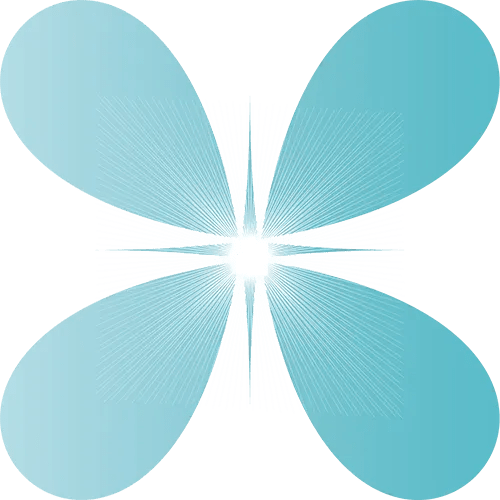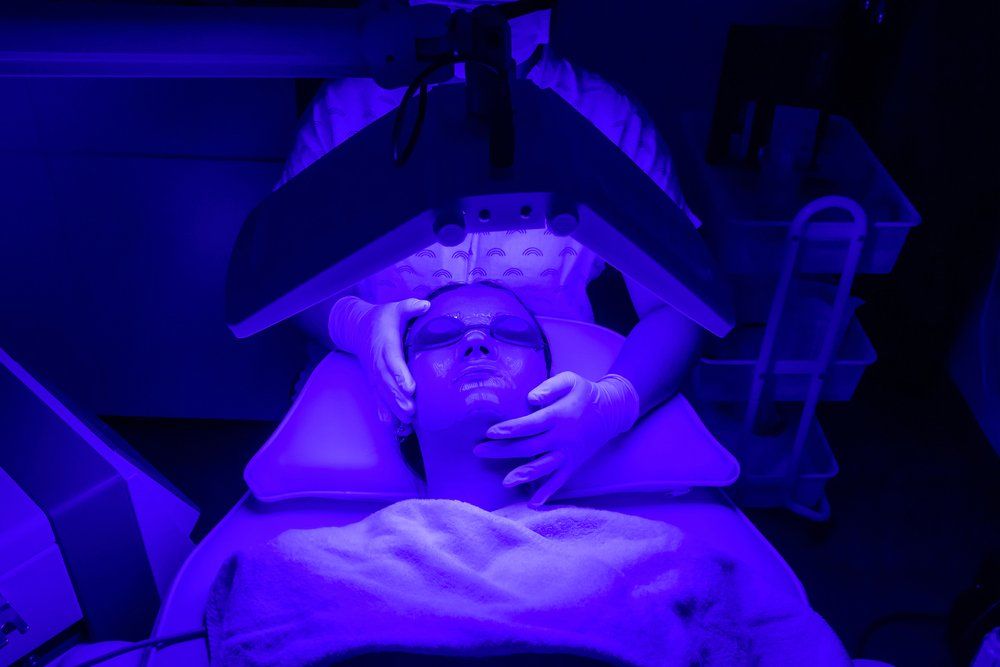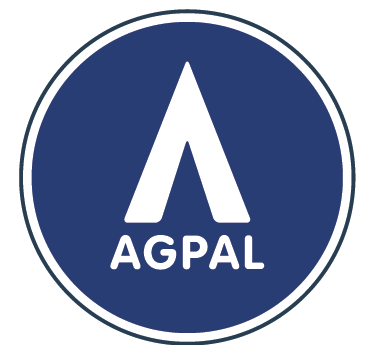Photodynamic Therapy (PDT)
Photodynamic therapy is a treatment for various skin conditions including skin cancers. It requires a combination of a medication Aminolevulinic acid (ALA or Levulan) and special blue light, rather than laser light, is used to activate this drug. the application of energy to create a chemical reaction that targets certain growths or skin conditions.
Photodynamic therapy is most commonly used for superficial skin cancers and actinic (solar) keratoses (sun spots), especially, where there is a requirement to cover large areas of skin, like full face, scalp and chest.
FAQ
How is the treatment performed?
The area to be treated is confirmed with you by your doctor usually face and scalp. Any scaly areas will be scraped away, to ensure the medication can absorb. Once applied, the medication is then allowed to absorb.
The medication is then activated by a special blue light for approximately ten minutes. This is uncomfortable; however, a cooling fan and spray, as well as local anaesthetic, can be provided to reduce any discomfort. Paracetamol can be taken at home prior to your appointment, to further assist.
Sun exposure must be avoided on the day of treatment, and four 48 hours following treatment. Sun exposure causes excessive reactions to the treatment.
How well does PDT work? how many treatments will i need?
Approximately 80% of actinic keratoses clear with one episode of PDT.
Approximately 80% of IECs (intraepithelial carcinomas/Bowen's disease) clear with two episodes of PDT.
The nature of sun damage dictates that you may well require repeated episodes of PDT in the future, to areas that have been treated previously.
How should i care for my skin after treatment?
- After completing your cycle of PDT, keep the area clean and avoid direct sunlight exposure of the treated area for two days. You need to go directly home from the clinic, wearing a broad-brimmed hat, and not go outside again for at least 2 days. The curtains should be drawn at home during this time, to absolutely minimise your exposure to sunlight.
- The most common side effect immediately following treatment is local discomfort which should be readily relieved with paracetamol.
- The treated site will normally become red, swollen and crusted and may or may not have a weeping discharge.
- You should apply ice packs (wrapped in a Chux cloth or clean teatowel) for 10 minutes every hour for the first day. This helps with discomfort and swelling.
- The site should be bathed with salty water twice a day followed by the application of vaseline.
- Once a dry crust has formed, the area should be left alone and a moisturiser applied once the crust has lifted. Please contact our clinic if you have concerns about the treatment.
For the first 3 - 4 days after treatment, perform the following regimen 4 times daily:
- Make up a bowl of cooled salty water (1 teaspoon of salt in a bowl)
- Dip a clean Chux in the bowl, and then let the Chux lie on your skin for 10 minutes. It’s often easiest to do this lying down, with a couple of towels under your head to catch drips.
- After 10 minutes, use the Chux to gently wipe away any softened crust from your face.
- Then apply a thick layer of Vaseline. Use a clean teaspoon to scoop the Vaseline from the tub onto your hand, rather than
Following treatment
Following treatment, your skin will be red and inflamed. This is easily managed with salt water bathing and gentle moisturisers. Allow at least three days off work, up to a week if you have a public-facing role. This ‘down-time’ is fortunately significantly less than with other treatments for solar keratoses (sun damage).











